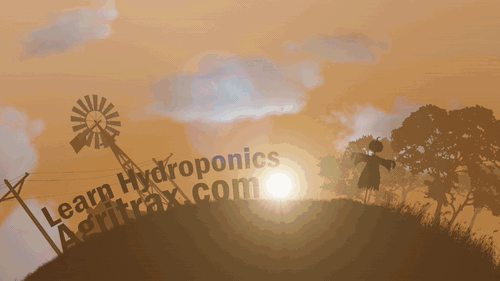Hydroponic Farming Guide
A full tour of the hydroponic systems we use to grow lettuce, herbs, strawberries and other produce right in our home! This method is simple, low-cost and takes very little space - something anyone can do! These systems are built using items that can be easily purchased online and requires only basic tools and DIY skills.
American Farmer History
The History and Future of American Farmers
Autonomous Pickers Researchers have already created one that gathers strawberries twice as fast as humans. The challenge will be creating robotic Pickers that can switch between all kinds of crops.
Robots or Drones can precisely remove weeds or shoot them with the targeted spritz of pesticide using 90% less chemicals which would help destroy weeds and pests that target food sources.
Tiny sensors and cameras will monitor crop growth and alert farmers on their smartphones if there's a problem or when it's the best time to harvest their crops.
Autonomous Farming Technology Researchers at Harvard Adams in the UK plan to grow and harvest an entire hectare of barley without humans.
Companies like egg robotics have already commercialized software that analyzes drone captured infrared images to spot unhealthy vegetation and then the farmer is alerted on his cell phone device when a troubled area is identified.
A company called Mavericks contracts 100 pilots to fly light aircraft that are outfitted with multispectral cameras on data gathering missions over large farms throughout the country to let the farmer know how his crops are growing.
Labs operates a fleet of cube SATs that take weekly images of entire farms from space to help monitor crops. Other companies are creating analytics software to act as farm management systems allowing growers of all sizes to deal with this new tsunami of data and the farmers Business Network combines data from many farms into one giant pool to give its members the power of macro level insights that have traditionally only been available to corporate mega farms.
Vertical Farms Vertical farms are essentially warehouses with stacks of hydroponic systems to grow leafy greens. Vertical farms are popping up in cities all over the world where fresh produce and land is scarce. The main cost of running a vertical farm is that it costs money for the energy it takes to create the environment that the plants grow in. The upside is that artificial lights and climate-controlled buildings allow crops to grow day and night year-round. This creates significantly higher yields per square foot than an outdoor farm. Lettuce or herbs like basil have proven profitable in the vertical system. Another advancement in indoor farming is the open agriculture initiative which aims to create a catalogue of climates so temperature and humidity can be set to recreate the best conditions for growing crops. The use of technology is to find and resolve problems before they get worse. Animals are being fitted with smart collars to measure movements and possible health issues. Thermal imaging cameras are revealing bacterial infections when skin inflamations in cows and other animals appear.
Synthetic Meats Synthetic Meats are lab-grown meats. In 2013 the first hamburger was made from muscle cells grown in a lab in the Netherlands followed by a meatball grown by a California company called Memphis. The cost of growing synthetic meats is very high at the moment.
There are people working on creating new technologies that will save farmers time and money.
American Farmer History





